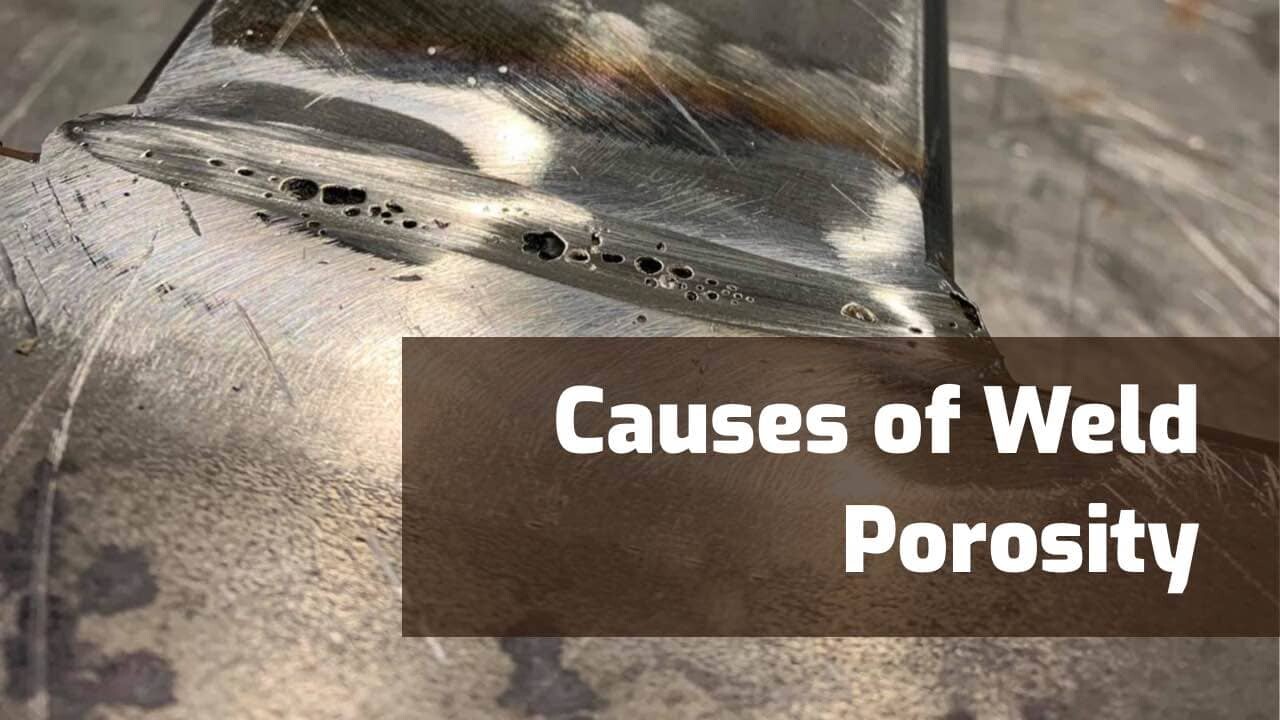What is Porosity in Welding: Essential Tips for Getting Flawless Welds
Porosity in Welding: Identifying Common Issues and Implementing Finest Practices for Avoidance
Porosity in welding is a pervasive issue that typically goes unnoticed until it creates significant troubles with the stability of welds. This usual flaw can endanger the stamina and sturdiness of bonded frameworks, presenting safety risks and resulting in pricey rework. By recognizing the source of porosity and implementing effective prevention strategies, welders can considerably enhance the top quality and reliability of their welds. In this discussion, we will certainly discover the key variables adding to porosity development, analyze its damaging impacts on weld efficiency, and discuss the ideal techniques that can be taken on to minimize porosity occurrence in welding processes.
Common Root Causes Of Porosity

Making use of unclean or wet filler materials can introduce pollutants into the weld, adding to porosity concerns. To reduce these common reasons of porosity, complete cleansing of base metals, correct shielding gas selection, and adherence to ideal welding parameters are necessary methods in achieving high-quality, porosity-free welds.
Effect of Porosity on Weld Top Quality

The presence of porosity in welding can substantially compromise the architectural stability and mechanical residential properties of welded joints. Porosity creates voids within the weld metal, compromising its total strength and load-bearing capacity. These gaps function as stress concentration factors, making the weld a lot more at risk to breaking and failure under used tons. In addition, porosity can lower the weld's resistance to corrosion and other ecological variables, additionally reducing its long life and performance.
Welds with high porosity degrees often tend to exhibit lower impact toughness and decreased ability to flaw plastically before fracturing. Porosity can hamper the weld's capacity to effectively transmit forces, leading to early weld failing and prospective safety and security dangers in critical structures.
Finest Practices for Porosity Prevention
To boost the structural stability and top quality of bonded joints, what details actions can be implemented to reduce the event of porosity throughout the welding procedure? Porosity prevention in welding is important to make certain the stability and strength of the last linked here weld. One reliable practice is proper cleansing of the base metal, eliminating any kind of contaminants such as corrosion, oil, paint, or dampness that might bring about gas entrapment. Making sure that the welding equipment remains in excellent condition, with tidy consumables and suitable gas circulation rates, can additionally significantly lower porosity. In addition, preserving a steady arc and managing the welding parameters, such as voltage, current, and take a trip rate, aids develop a constant weld swimming pool that decreases the threat of gas entrapment. Using the appropriate welding method for the specific product being welded, such as changing the welding angle and weapon placement, can better protect against porosity. Regular assessment of welds and prompt remediation of any kind of problems identified during the welding process are important practices to stop porosity and produce top quality welds.
Importance of Proper Welding Methods
Executing proper welding methods is vital in ensuring the architectural stability and top quality of welded joints, building on the structure of efficient porosity avoidance procedures. Welding techniques straight check my site impact the general strength and resilience of the bonded structure. One crucial facet of proper welding strategies is keeping the correct warmth input. Excessive heat can result in raised porosity because of the entrapment of gases in the weld swimming pool. On the other hand, not enough heat might lead to incomplete fusion, creating potential weak points in the joint. Furthermore, using the suitable welding specifications, such as voltage, existing, and travel rate, is important for attaining audio welds with minimal porosity.
Additionally, the option of welding process, whether it be MIG, TIG, or stick welding, must straighten with the details needs of the project to guarantee optimum results. Correct cleaning and prep work of the base metal, as well as selecting the best filler product, are likewise necessary components of competent welding techniques. By adhering to these best practices, welders can minimize the danger of porosity development and generate top quality, structurally sound welds.

Checking and Top Quality Control Measures
Evaluating treatments are important to discover and avoid porosity in welding, making certain the strength and resilience of the final item. Non-destructive testing techniques such as ultrasonic testing, radiographic More about the author screening, and aesthetic evaluation are typically employed to recognize potential flaws like porosity.
Carrying out pre-weld and post-weld evaluations is additionally important in maintaining quality assurance standards. Pre-weld evaluations entail confirming the products, tools setups, and cleanliness of the workplace to stop contamination. Post-weld assessments, on the various other hand, evaluate the final weld for any problems, consisting of porosity, and validate that it fulfills defined standards. Executing a detailed quality assurance plan that includes detailed testing treatments and examinations is vital to lowering porosity problems and making sure the overall quality of welded joints.
Conclusion
In verdict, porosity in welding can be a typical issue that influences the quality of welds. By identifying the typical sources of porosity and executing ideal practices for prevention, such as correct welding techniques and testing steps, welders can guarantee high top quality and trustworthy welds. It is important to focus on prevention approaches to decrease the occurrence of porosity and preserve the stability of welded structures.